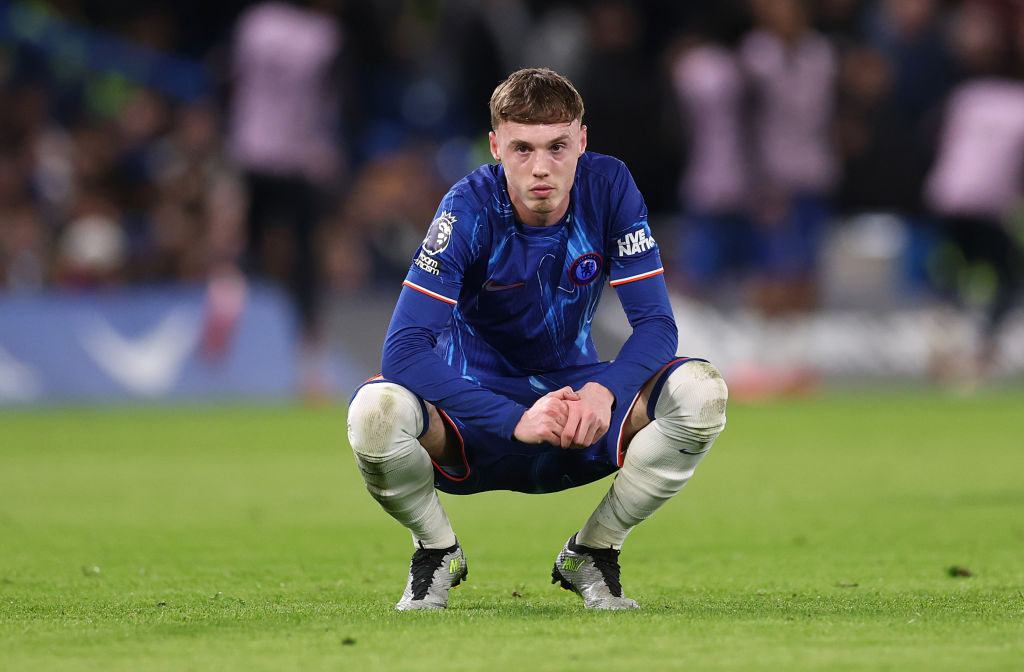And Europe's model club is: Southampton
Promoting from within thanks to a brilliantly-run academy, Southampton are the model for most clubs in the Premier League - and, as Arthur Renard explains, Dutch boss Ronald Koeman couldn't be more at home with the ethos...
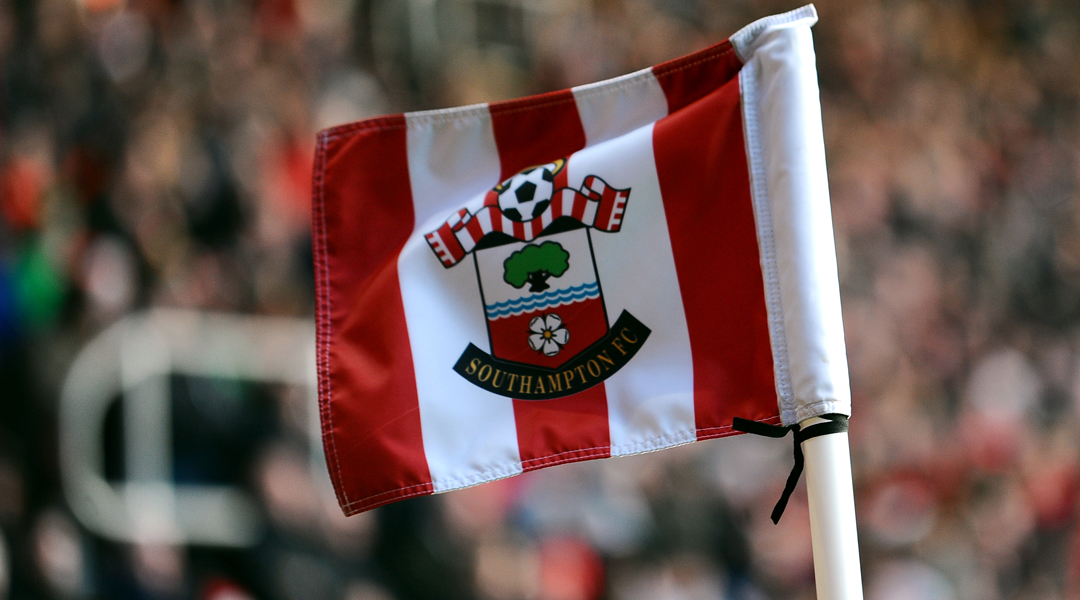
When Southampton travel to Tottenham this weekend, Ronald Koeman will meet the manager he replaced at St Mary’s this summer.
Luke Shaw (18 yrs old, Manchester United, £31m)
Adam Lallana (26, Liverpool, £25m)
Calum Chambers (19, Arsenal, £16m)
Alex Oxlade-Chamberlain (17, Arsenal, £12m)
Theo Walcott (16, Arsenal, £12m)
Gareth Bale (17, Spurs, £10m)
Many people expected the Dutchman would face an impossible job to surpass Mauricio Pochettino, the coach who led Southampton to eighth in the Premier League last season – especially when several of the club's star players also left in the close season.
But so far Pochettino has barely been considered by Saints fans, as Koeman has built an impressive new side which lies second in the league. During pre-season, the Dutch manager made some astute signings with the captures of Dusan Tadic, Graziano Pelle and Shane Long, and he arranged loans for players like Ryan Bertrand and Toby Alderweireld. Alongside those, he has tried to implement players from the club’s academy.
Lucrative youth
Promoting youth seems to be a cultural commitment at Southampton, where there is a clear tradition of producing many players so talented that richer clubs make offers fit to test a Saint.
Before this summer's big-money departures of academy graduates – Luke Shaw (18 years old, Manchester United, £27 million rising to £31m), Calum Chambers (19, Arsenal, £12m to £16m) and Adam Lallana (26, Liverpool, £25m) – the club had already trained up and traded out Alex Oxlade-Chamberlain (sold to Arsenal at 17 for £12m), Theo Walcott (Arsenal, 16, originally agreed at £12m) and Gareth Bale (Spurs, 17, £10m).
No wonder other clubs are trying to copy the Saints' academy, according to Matt Crocker, who was Southampton's academy director from 2005 until 2013: "I think there are a lot of clubs looking to Southampton and the way they implement young players.
Get FourFourTwo Newsletter
The best features, fun and footballing quizzes, straight to your inbox every week.
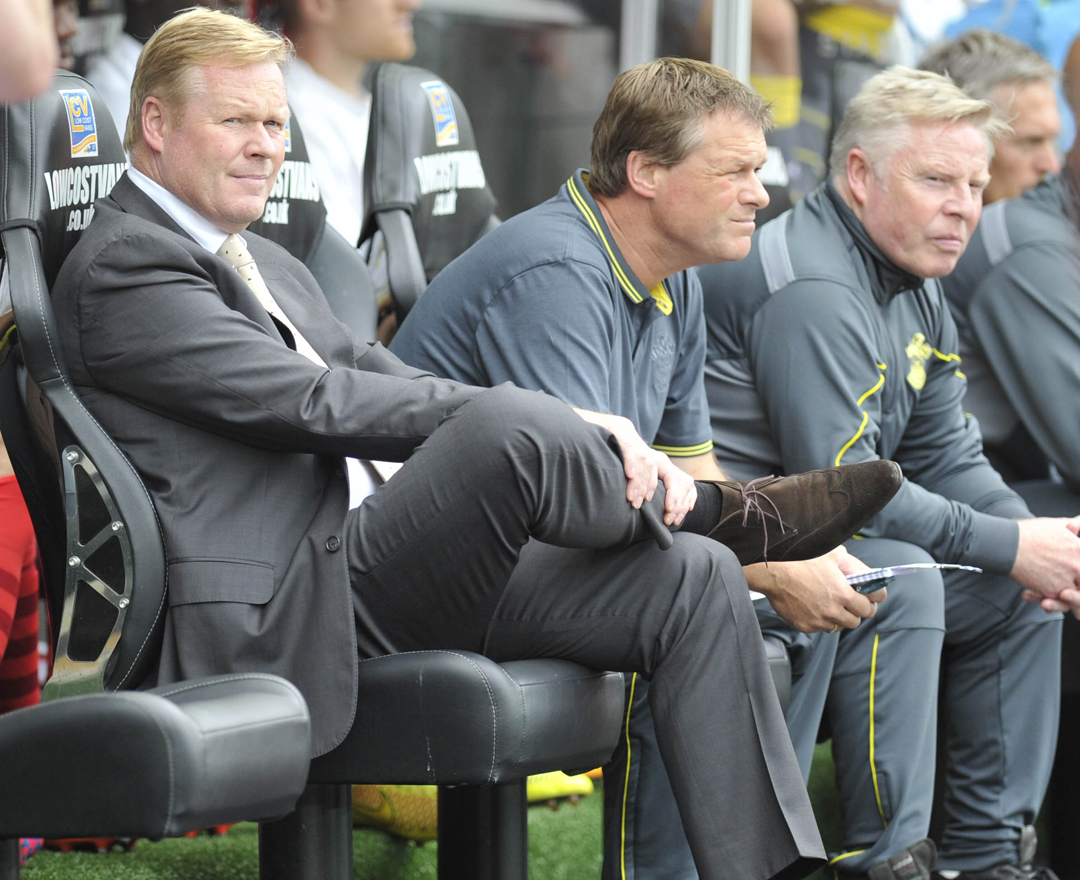
Other clubs with financial problems usually cut back on academies. Even in administration, Southampton didn't"
"They're a good example of a club who plays in the Premier League, made a lot of money from player sales and still have good players who didn’t cost them a lot. So in that way they are a model club to other sides."
With Financial Fair Play applying strict criteria on spending, only the huge clubs with enormous income streams can afford to spend big, leading to ever more importance on promoting from within. For the vast majority of European clubs, Saints represent the blueprint.
Crocker, now the FA's Head of Coach and Player Development, explains how the youth structure has always been integral to Southampton.
"The club has a philosophy to give young players a chance," he says. "The door has to be open for them.
"When the club faced administration, the academy was still funded to the level which it used to be. Other clubs with financial problems usually cut back on academies, to save money – but Southampton never cut back the youth programme." Giving youth such importance could be crucial for the future of English football.
Situation normal for Koeman
It’s our goal to implement two youth players in the first team every season"
For his part, Koeman is no stranger to involving young players in the first team. In his previous job at Feyenoord, he gave debuts to many young players due to the precarious financial situation of the club.
It turned out to be a success, as Feyenoord were Eredivisie runners-up twice in three seasons. Damien Hertog, the club’s academy director, tells how financial uncertainty created a new club ethos. "It’s our goal to implement two youth players in the first team every season," he explains.
"That policy became even more important when Mario Been [Koeman’s predecessor] was manager. At that time, financially there was nothing possible at all. But ever since then, we have kept that new policy."
When Koeman took over in 2011 – thereby becoming the first man ever to play for and manage each of Dutch football's big three clubs, Feyenoord, Ajax and PSV Eindhoven – he didn't have a big budget, but was able to make some minor signings and favourable loans.
His biggest hits were Manchester City loanee John Guidetti and Pelle, whom he bought from Parma after an initial loan spell of six months – and no wonder: in total, the Italian hit 55 goals in 66 games for the Rotterdam club. Alongside the incoming players, Koeman used a lot of youngsters, notably Jordy Clasie, Daryl Janmaat (now at Newcastle), Tonny Vilhena and Jean-Paul Boëtius.
Hertog says Koeman kept in constant contact with the Feyenoord academy. "He was always listening to youth coaches and other staff. I have a very positive feeling how he worked here in the last three years. He frequently visited youth matches, which meant he had a good view of the level of the players.
"During winter training camps, he would always take a few youth players with him. That was really constructive, he was really involved."
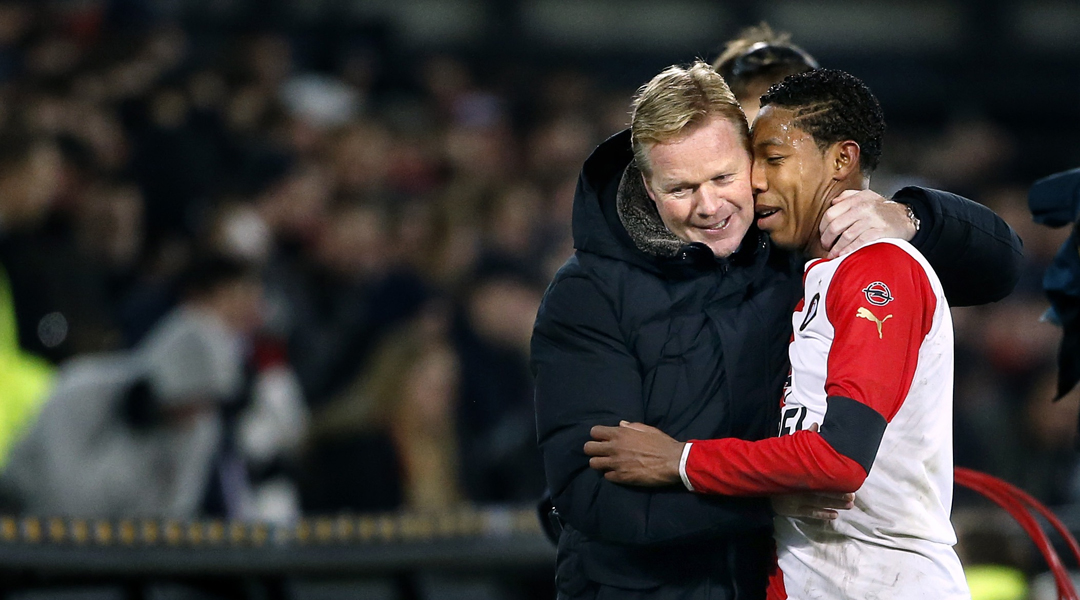
According to Hertog, the results in the last few years speak for themselves. "We have all seen how he developed those young players even more, and how he implemented them in the first team. And he never said that he wanted to make big signings from other clubs; he always stayed cool, and that gave us confidence in the academy as well."
Academy awards
Koeman presented himself in a similar way at Southampton. He didn’t complain when so many big players left the club, as he was mainly focusing on building a new team.
And Southampton will be glad he is familiar with nurturing new talent as well. In recent years, academy players have played an important part in the success of the club.
"Usually we sold our good players," reflects Crocker, "but when the new owner [Markus Liebherr] bought the club, the ambition was to keep the good players, to reach the Premier League and to transform the players into internationals for their country."
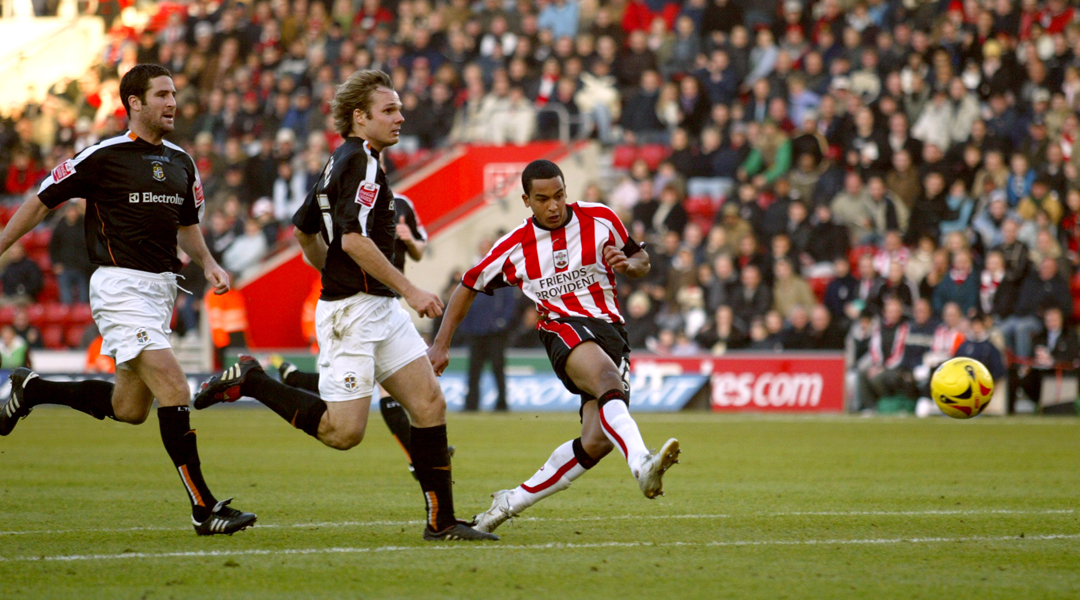
That dream came true in 2012, when Southampton returned to the Premier League after seven years. Since then, several academy players have impressed in the top flight, and some have gone on to make their international debut as well. Crocker proudly reels off the names.
The Southampton academy shouldn't only be regarded as one of the best in England, but as one of the best in Europe"
"If you look to the last two seasons in the Premier League, there were Adam Lallana, Calum Chambers, Sam Gallagher, Luke Shaw, James Ward-Prowse and Harrison Reed who came from the academy.
"And most of them consistently played in the first team. That’s just outstanding. If you consider the players who have progressed before, like Gareth Bale and Theo Walcott, then I think the Southampton academy shouldn't only be regarded as one of the best in England, but as one of the best in Europe."
In Holland, academy excellence is so important that there's a category for it at the annual Rinus Michels Awards – and Varkenoord, run by Feyenoord in association with Excelsior, has taken the gong for the last five years on the bounce. It’s a significant victory, according to Hertog. "First of all, you have to be shortlisted by the Dutch football association. In the end, all clubs mutually vote for the winner."
Hertog explains how the Feyenoord academy distinguishes itself. "What makes us unique is the continuity and diversity of the training staff. There's a lot of knowledge within the academy about different age groups. We think it’s important to give the youngest kids space to explore their responsibilities in an open way.
"An example is to give two players the task to make teams for training. We hope they develop creative skills by themselves. Later on, from the under-12 group, we apply a more strict approach to players. We have some very good managers, who have created a specialism to work with certain age groups. In that way, we have created experts, and I think that is really important."
"It enhances the mutual feeling"
Like Crocker, Hertog emphasises on the important role of the academy inside football clubs. "At Feyenoord, the youth academy has always been mentioned as one of the big assets." And as at Southampton, Feyenoord didn't sacrifice the future when the present brought huge financial problems. Hertog recognises the similarities with the South Coast club.
"With its youth structure, I think Southampton is one of the exceptions in England. I like to see it, it feels the same as we are doing in Rotterdam. It makes you feel really proud as a club, when home-grown talents play in the first team. It makes for a connection inside the club, it enhances the mutual feeling. In Holland, academies tend to become better and better, and I think it will develop even more in the coming years."
Sam Gallagher, striker
James Ward-Prowse, midfielder
Harrison Reed, midfielder
Lloyd Isgrove, midfielder
Matt Targett, left-back
Sam McQueen, winger
Perhaps more clubs in England can follow the example of Southampton and Feyenoord. Crocker is using his experience as academy director now at St. George’s Park, where he is currently helping to establish a playing philosophy across all of England’s development teams.
But no matter how busy he gets with England's future, Crocker still finds time to keep an eye on his old club and says he is impressed with the work Koeman is doing. "They had a very difficult summer, but they signed some excellent players. Koeman has done a great job, during challenging times.
"And also under Koeman, Southampton seem to continue with the same approach to young players. They got Ryan Bertrand on loan from Chelsea, and this season have already brought a new debutant from the academy in Matt Targett."
It seems Southampton will continue to set the precedent and be a model club.
Arthur Renard has been writing for FourFourTwo since 2013, when Ronald Koeman hosted him for a Readers interview in a small room in stadium De Kuip. Two years later Arthur moved to London, where he still lives and from where he covers English football, while he has also been travelling the world to cover events like the World Cup and Copa America.
